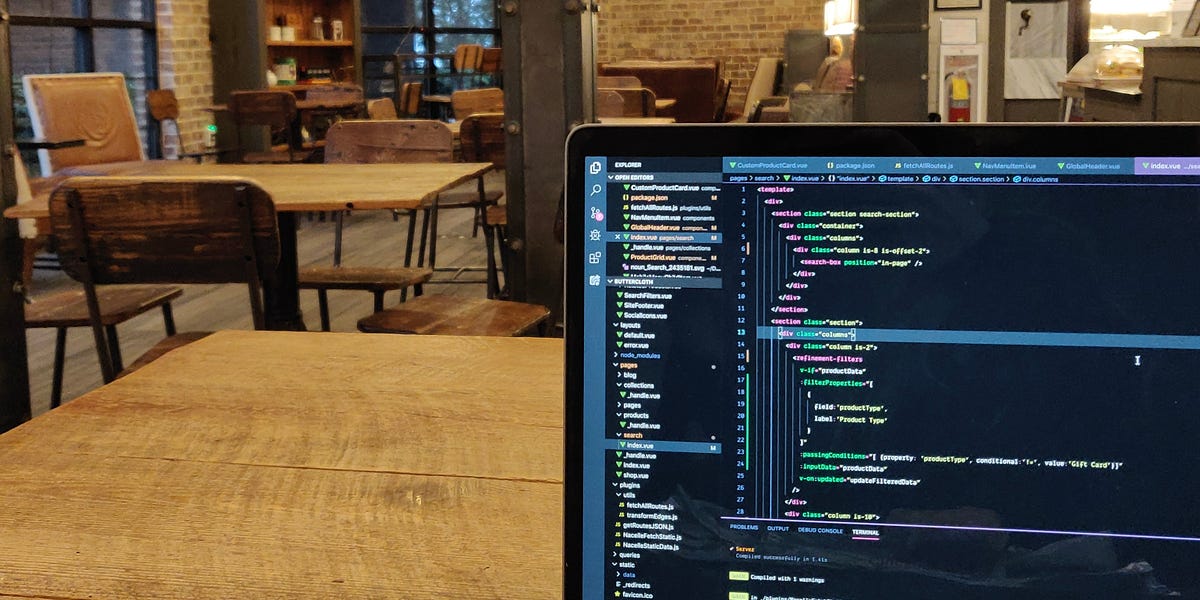AI Promised Efficiency. Instead, It's Making Us Work Harder
The promise of AI was simple: free up our time and focus on higher-level work. But what we got instead was a never-ending cycle of more work, faster, with less mental bandwidth to actually think strategically about it.
A New Kind of Cognitive Load
Researchers and practitioners increasingly describe the shift in mental energy required by AI tools as a new kind of cognitive load. It's no longer just writing code or doing research – now it's crafting perfect prompts, reviewing AI output for accuracy, and fixing formatting issues.
This shift has led to increased exhaustion among developers and other professionals who are struggling to keep up with the demands of AI adoption. As one developer noted, "I'm not sure I've ever worked harder on any project – but it feels like I'm doing less meaningful work."
The Illusion of Efficiency
A recent study found that developers using AI tools took 19% longer to complete tasks than without them. And while the developers themselves estimated they were 20% faster with AI, the system-level results told a different story: a 25% increase in AI adoption correlated with a 1.5% drop in delivery throughput and a 7.2% decrease in delivery stability.
This isn't an isolated finding. The 2024 DORA report revealed similar patterns, with individual developers reporting a decrease in the amount of time they spend doing valuable work as AI adoption increases. Companies adopting industrial AI saw immediate productivity losses before eventual gains – but only after significant organizational adjustment.
The "J-Curve" Trajectory
Manufacturing research shows that companies adopting industrial AI often experience a temporary decline in productivity before seeing gains. The pattern is consistent across studies: AI tools create an illusion of efficiency while often making systems work harder, not smarter.
The Real Productivity Hack
So what can we do about it? The solution isn't to abandon AI entirely – some tools genuinely are helpful. But we need to fundamentally change our expectations and approach. We need to stop measuring success by time saved and start measuring by cognitive energy preserved.
The real question isn't "how fast can I do this?" but "can I actually absorb, process, and act effectively on what's being produced?" If an AI tool saves you 30 minutes but leaves you mentally drained and second-guessing everything, that's not productivity – that's cognitive debt.
Give Yourself Permission to Be Selective
You don't have to adopt every AI tool that promises efficiency. You don't have to optimize every workflow or keep up with every "game-changing" prompt strategy your colleagues are sharing.
Trust your own experience over the hype. If a tool makes you feel more scattered, anxious, or exhausted – even if it technically saves time – you have permission to stop using it. Exploration is healthy; forced adoption of tools that don't feel right for your workflow only increases stress.
Plan for the Adjustment Period
Ai adoption follows a "J-curve" – temporary productivity decline followed by eventual gains, but only after significant organizational adjustment. Maybe we're all in that dip right now, and that's... normal.
The companies that eventually see gains are the ones that invested in complementary changes – new processes, training, infrastructure. But here's what the research really shows: even when productivity gains do happen, it's not working less, just cramming more into the same hours.
The Real Win
We shouldn't be trying to do more work in the same amount of time; we shouldn't be aiming to be more efficient with our time so we don't have to work 60+ hour weeks. The real productivity hack is learning to recognize when tools serve us versus when we're serving the tools.
